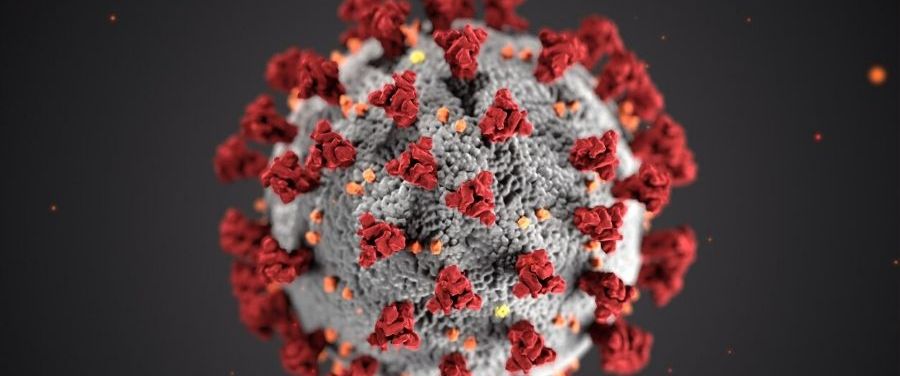WHAT IS NIPAH VIRUS INFECTION?
Nipah virus infection is a viral infection, which is caused by the nipah virus. Symptoms of nipah virus infection may include headache, fever and shortness of breath. This may worsen into a coma within one or two days.
The Nipah virus is a type of RNA virus, a virus that has RNA or ribonucleic acid as its genetic material. It can spread by having close contact with animals or humans infected with the virus.
Nipah virus normally circulates among specific types of fruit bats. Diagnosis of nipah virus is based on the symptoms and confirmed by the laboratory testing.
This disease has once again spread its foot in Kochi, Kerala. Recently (As of 4 June, 2019), a transition has been confirmed for a 23-year-old college student.
The Government said that 311 people from different districts, who came in contact with this, have been kept under surveillance.
NIPAH VIRUS: ORIGIN AND FACTS
The first nipah virus came out in a village in Malaysia, Kampung Sungai Nippah in 1998. The name of this virus was named after this village.
Nipah Virus Natural reservoir, spreads in animals and humans with a bunch of bats.

Nipah’s outbreak usually spreads during the spring months (December to May) and its transition period ranges from 6 to 21 days.
As of May 2018 around 700 human instances of nipah infection are assessed to have happened and 50 to 75% of the individuals who were infected dead.
An outbreak of the illness resulted in about 17 deaths in Kerala, India.
WHAT ARE THE SYMPTOMS OF NIPAH VIRUS INFECTION?
The signs and symptoms of nipah virus (NiV) infection may include —
- Fever
- Headache
- Sore throat
- Vomiting
- Dizziness
- Myalgia or muscle aches
- Acute respiratory syndrome or atypical pneumonia.
Encephalitis, an inflammation of brain, follows and those infected may exhibit drowsiness, seizures, mental confusion, altered consciousness or disorientation.
WHAT ARE THE RISK FACTORS OF NIPAH VIRUS INFECTION?
The risk factors of nipah virus infection include having close contact with infected animals such as pigs, bats, and/or humans infected with the virus.
In addition, consumption of raw date palm sap is a significant risk factor since bat excrement often contaminates this substance.
HOW TO DIAGNOSE NIPAH VIRUS INFECTION?
A combination of tests use to diagnose the nipah virus (NiV). Viral isolation, reverse transcriptase polymerase chain reaction (RT-PCR) , and ELISA test are the tests that doctors use most often to diagnose NiV.
ELISA test are basically used to detect antibodies.
HOW TO PREVENT NIPAH VIRUS?
Prevention of Nipah virus infection (NiV) is important since there is no effective treatment or cure available for the disease. Nipah virus infection can be prevented by avoiding the exposure to bats in endemic areas and sick pigs.
Avoid to drink raw date palm sap contaminated by bats. Don’t eat the fruits that are partially consumed by bats.

You should avoid to consume the water from wells because it may be infested by bats. Bats are known to drink toddy that is collected in open containers, and occasionally urinate in it, which makes it contaminated with the nipah virus.
Awareness and surveillance are important for preventing future outbreaks.
WHAT ARE THE TREATMENTS OF NIPAH VIRUS INFECTION?
There is no vaccine and full cure available to protect humans from nipah virus. According to the U.S. Centers for Disease Control and Prevention (CDC), supportive care is the only current cure for this viral infection.
However, researchers suggest that an antiviral drug ribavirin may be useful, but there is little or no data to support this.
HOW DID WE CREATE VIRAL RISK?
Environment experts say that the biggest reason for the spread of the virus is rapid urbanization, which has pushed humans into bat-affected areas.
Man has destroyed the habitat of bats. The bats become tense and hungry. Their immune system weakens. The burden of the virus increases and it comes out of the urine and saliva, the virus spreads. This virus spreads to animals and then to humans.
RELATED ARTICLES:
